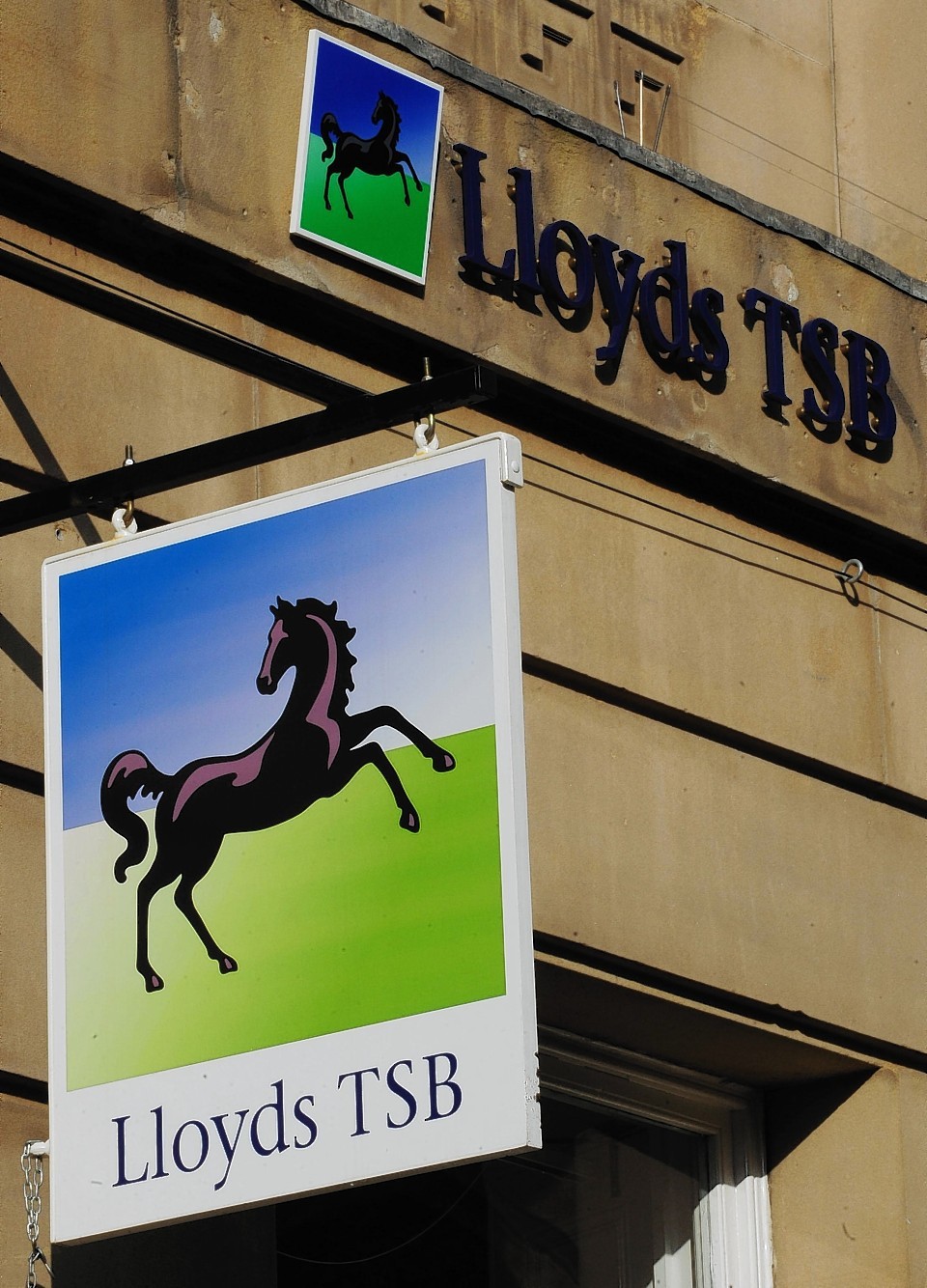Britain’s finance ministry mistakenly released potentially market-moving information today and blamed a website error for erroneously saying it planned to sell £4 billion pounds of shares in Lloyds Banking Group.
The government is not planning to sell the shares, and the release was “completely erroneous”, a Treasury spokesman said. “The Treasury is urgently looking into why this happened,” he said.
People familiar with the matter said investors should not read anything into the release, which was received by news organisations, about any plans by the government to sell more of its stake in Lloyds soon.
Such information is highly market sensitive and if reported could have caused Lloyds shares to fall. Lloyds shares briefly dipped in the minutes following the email release at, but recovered to close up 0.4% at 77.75 pence.
The UK still owns a quarter of Lloyds, after selling two blocks of shares in the bank in September and March. The stake is held by UK Financial Investments (UKFI).
An email, headlined “Press release: UKFI announces its intention to dispose of approximately 7.5% of Lloyds Banking Group plc (test)”, was sent to people who had signed up for automatic releases on the gov.uk website, a site for government information.
The timing of the next government stake sale in Lloyds is under close scrutiny. The shares are above the level of the last sale and the government is expected to sell more shares this year, possibly including an offer to retail investors.
UKFI said it was not selling any Lloyds shares and the old Treasury press release was published in error “following routine website testing” on the gov.uk website. “We are conducting an urgent review into how this happened to make sure this does not happen again,” it added in a statement.
Lloyds declined to comment.
